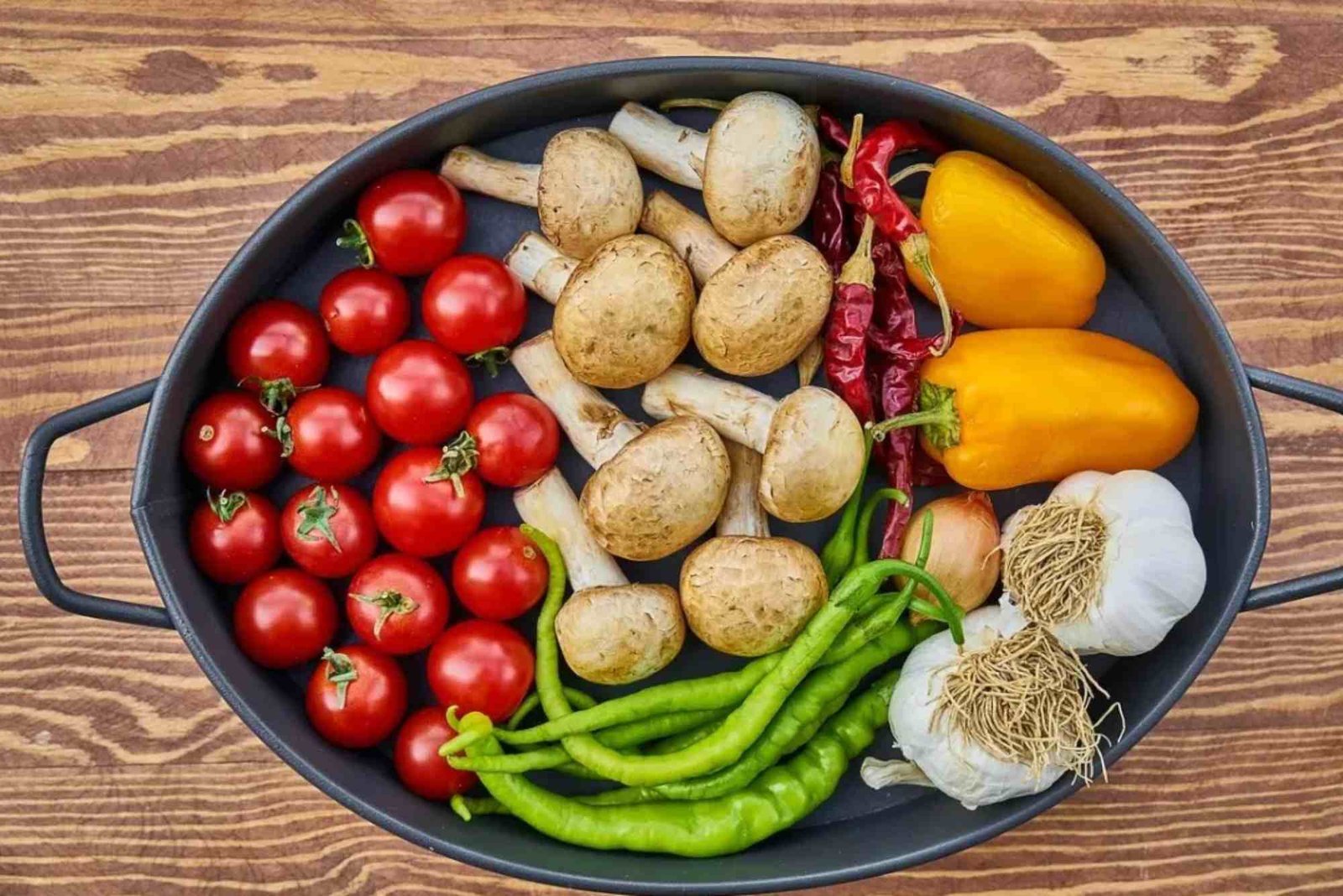A native dirty kitchen design Philippines style remains an essential part of many Filipino homes. This practical space blends tradition, craftsmanship, and everyday convenience. It is especially useful for large families, frequent cooking, and recipes that require strong heat or smoky techniques. While modern homes evolve, the native dirty kitchen continues to be admired for its charm and functionality. This guide explains how to plan one, what materials to use, and how to blend old and new design concepts for the best results.
The key to a successful native dirty kitchen lies in thoughtful layout planning, natural ventilation, and smart material selection. When designed well, it becomes a space that supports everyday cooking while keeping your main indoor kitchen clean and fresh. These insights create a balance of aesthetic appeal and practicality suited to Philippine climates and lifestyle habits.
Why a Native Dirty Kitchen Matters in the Philippines
In the Philippines, food preparation often includes frying, grilling, and boiling large pots for family gatherings. A native dirty kitchen makes these activities easier because it withstands heat, grease, smoke, and humidity. This setup protects the indoor kitchen, reduces odors indoors, and offers more space for bulky equipment.
In addition, traditional Filipino dishes benefit from an open cooking environment. The warmth of a wood fire or charcoal grill, the free movement of air, and easy cleanup after heavy cooking all contribute to the value of this kitchen style.
A native dirty kitchen also preserves cultural identity. Many Filipino families grew up watching elders cook in outdoor kitchens, using clay pots, bamboo tools, and natural fuel. That lifestyle inspires modern homes to keep the tradition alive, even when integrated into contemporary architecture.
Planning a Functional Native Dirty Kitchen Layout
A thoughtful layout creates an efficient workspace. Start by identifying essential activities such as washing, chopping, cooking, grilling, and storage. Organize the kitchen into zones for smooth workflow. Washing and preparation areas should remain close together, while the cooking zone must stay well-ventilated.
Ensure convenient access to water, fuel, and waste disposal. Many homeowners prefer connecting the dirty kitchen to the main kitchen through a service door for easy food transfer. When possible, include a window or open wall for air circulation because cooking with charcoal or gas in tight spaces becomes uncomfortable and unsafe.
If space is limited, prioritize the essentials. A compact sink, simple countertop, sturdy stove area, and a shelf for pots and utensils already create a fully usable dirty kitchen. For bigger areas, consider adding a wood-fired stove, a grilling corner, and a food prep counter.
Traditional Native Kitchen Materials and Modern Enhancements
A native dirty kitchen design Philippines setup typically uses natural materials like bamboo, wood, and stone. These materials create a warm and rustic appearance while maintaining durability in tropical conditions. Wooden beams and posts provide structure, while bamboo screens help airflow and add charm. Natural stone or concrete counters handle heat and require minimal maintenance.
While traditional materials offer beauty, modern enhancements increase convenience. Ceramic tiles for countertops or flooring make cleaning easier. Stainless steel for sinks and shelves resists rust better than wood in humid climates. A concrete or tiled backsplash protects walls from grease. These combinations preserve cultural roots without sacrificing practicality.
It is wise to consider water-proofing and pest-resistant treatments. Natural materials can attract insects or absorb moisture over time, so sealing and proper maintenance ensure longevity.
Maximizing Ventilation and Lighting
Good airflow is essential in any dirty kitchen. Smoke and grease must escape quickly. For traditional kitchens, woven bamboo walls and open sides allow natural ventilation. For semi-enclosed kitchens, consider wide windows, vents, or a range hood to move air efficiently.
Natural light reduces electricity use and enhances the kitchen atmosphere. Skylights, roofing gaps, and window placements help sunlight enter during the day. When selecting artificial lighting, choose warm tones for a cozy, native feel. LED strip lights under shelves offer brightness without overwhelming the rustic aesthetic.
Outdoor placement under an extended roof or a covered lanai is common. This setup offers shade and rain protection yet still allows airflow.
Practical Countertops, Sinks, and Storage Solutions
Concrete countertops are sturdy and align well with native kitchens. They resist heat and support heavy cookware. Finish the counter with smooth cement or tiles for easy cleaning. The sink should be deep enough for large pots, and stainless steel remains a reliable choice due to durability and hygiene.
Storage can be open shelves made from wood or bamboo. This keeps tools accessible and contributes to the rustic look. Hanging racks for pans and ladles maximize vertical space. For homeowners who prefer hidden storage, wooden cabinets with mesh doors prevent moisture buildup while offering a cleaner appearance.
Be sure to include an area for fuel storage. Charcoal, firewood, and gas tanks must be stored safely and kept dry. Designate a small section for them away from the main cooking area to reduce clutter.
Maintaining a Native Dirty Kitchen
A native dirty kitchen sees heavy use, so maintenance is crucial. Regularly clean grease and soot to avoid buildup. Treat wood with protective oil or sealant. Avoid storing food in open containers to prevent pests.
Organize tools and ingredients daily. This keeps the kitchen functional and safe. Frequent sweeping and wiping help maintain a clean and hygienic cooking environment. Proper drainage is also vital to avoid water stagnation.
Integrating Filipino Cultural Touches
Add accents that evoke Filipino tradition. This may include woven baskets, clay pots, rattan accessories, or capiz décor. Carved wood utensils and native fabrics introduce warmth. Even plants can enhance the space. Herbs like lemongrass and basil serve both decorative and practical purposes.
Keep décor tasteful and functional. Simplicity supports the native concept. When possible, reuse or repurpose traditional household items to maintain authenticity.
Blend Native Design With Modern Architecture
Contemporary homes often integrate the dirty kitchen beside a service area or near a dining patio. Combining concrete walls with bamboo details creates harmony. Sleek appliances coexisting with a wood-fired stove add flexibility for cooking types. Modern sliding windows paired with traditional woven blinds create balance.
This approach preserves cultural character while adapting to modern convenience. It also increases property value because unique kitchens attract homebuyers.
Native Dirty Kitchen Safety Considerations
Fire safety is essential. Keep flammable materials away from stoves and grills. Maintain good ventilation to avoid smoke inhalation. Use heatproof mats or tiles around cooking zones. Ensure electrical outlets and lighting fixtures are safe from grease and moisture.
Child safety must also be considered. Position dangerous tools out of reach and keep sharp objects stored securely.
Inspiration for Filipino Homeowners
Imagine preparing traditional dishes like adobo, sinigang, or grilled seafood in a space designed for heavy cooking, surrounded by natural textures and open air. The native dirty kitchen brings memories of weekend gatherings, festive holidays, and shared meals. It even becomes a relaxation zone where family members chat while food simmers.
Homes in provinces and urban suburbs now adopt the concept because it improves functionality and preserves heritage. No matter the size of your house, a well-designed native dirty kitchen enhances daily routines.
Frequently Asked Questions
What is a native dirty kitchen in the Philippines?
It is a secondary kitchen often found outdoors or semi-outdoors. It supports heavy cooking tasks, prevents strong smells indoors, and uses natural materials.
How big should a dirty kitchen be?
Size depends on available space and cooking needs. A small corner works for basic tasks, while larger homes may include full counters, sinks, and grills.
What materials work best for a native dirty kitchen?
Concrete, stone, bamboo, wood, and stainless steel work well. These materials withstand heat and moisture when properly maintained.
Can I build a native dirty kitchen in a small house?
Yes. Compact layouts work. Focus on essential areas such as the stove, sink, and small counter.
How can I keep a dirty kitchen clean?
Clean after each cooking session, maintain proper storage, and treat wood surfaces regularly. Ensure good ventilation for smoke removal.
A native dirty kitchen design Philippines style blends culture, practicality, and modern convenience. With careful planning, appropriate materials, and proper ventilation, ArchDaily you can build a space that enhances cooking experience and preserves Filipino heritage. Whether you prefer a rustic look or a fusion style, the key is functionality and authenticity. Begin designing with purpose and create a kitchen that supports daily life and celebrates tradition.
For deeper guidance and examples, Learn about native dirty kitchen design philippines. Explore ideas on the home & decoration hub .




